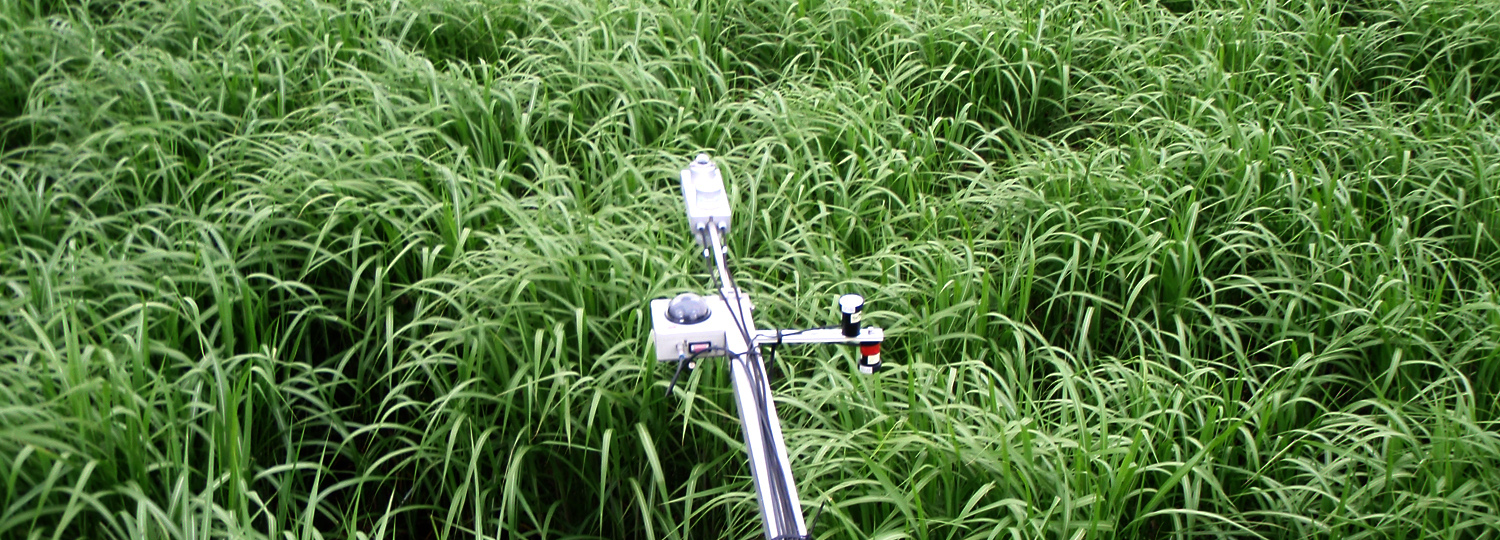Scientific evidence on the sustainability of bioenergy crops is needed if bioenergy is to contribute significantly to a low-carbon energy system for the UK
Scientific challenge
Project overview
The Centre for Ecology & Hydrology (CEH) led this, £4M, seven-member consortium project (2011-2014) commissioned and funded by the Energy Technologies Institute (ETI).
The ELUM Project was a distinctive three-year study which has delivered robust quantification of the sustainability impacts of land-use change to bioenergy crops in the UK. It has provided a spatially explicit view of the effects of 18 land-use change transitions on soil carbon stocks and greenhouse gas emissions through field measurements and the creation of an Ecosystem Modelling Tool.
The project team was drawn from the UK's top research institutions in the areas of bioenergy, soil science, agriculture and forestry. This project has combined literature evaluation, field measurements of soil carbon and greenhouse gas emissions and modelling activities with investment in state-of-the-art equipment to advance our understanding of the role biomass could play in sustainable energy provision.
An extensive UK network of sites was established for the ELUM project comprising 74 land use change transitions from arable and grassland into perennial energy crops (Miscanthus and short rotation coppice willow) and short rotation forestry. Commercial-scale field sites were used to provide the greatest relevance to real-world bioenergy production in the UK.
Static and dynamic greenhouse gas (GHG) measurements were undertaken at a network of four bioenergy sites equipped with nine GHG monitoring stations (Eddy Covariance) across the UK. A further 70 bioenergy sites were also targeted to assess soil carbon changes at depths of up 30 cm and 1 metre.
Key Findings
- Soil N2O emissions were small relative to CO2 emissions from the soil, and CH4 emissions were negligible across all transitions to second generation bioenergy crops (Miscanthus, short rotation coppice willow and Short rotation forestry)
- Soil carbon losses were higher in soils initially rich in soil organic carbon at Miscanthus and SRC willow sites
- Changes in soil carbon stocks were the primary determinant of whether a given transition to bioenergy crops was beneficial or negative in terms of a site’s net soil GHG emissions
- Across the UK, transitions from arable land to second generation bioenergy crops showed net GHG savings (increase in soil carbon and/or reduction in GHG fluxes), relative to continued arable land use with arable to Short rotation forestry transitions offering the greatest GHG savings potential
- The establishment of SRF on UK agricultural land is likely to result in either no change in soil C, or a small increase, depending on the tree species planted
- The spatial distribution of locations likely to deliver net soil GHG savings varied by transition type. Favourable locations for arable to second generation bioenergy crop transitions were relatively uniformly spread across the UK; whilst locations for grassland to short rotation forestry transitions were concentrated in the central to southern parts of the UK
Project Team
The Lead Coordinator was Dr Niall McNamara (CEH)
The Lead Investigators for each organisation were: Professor Iain Donnison (Aberystwyth University); Professor Phil Ineson (University of York); Dr Mike Perks (Forest Research); Dr Saran Sohi (University of Edinburgh); Professor Pete Smith (University of Aberdeen) and Professor Gail Taylor (University of Southampton)
The Project Manager was Jonathan Oxley (Energy Technologies Institute)
You can read more about the lead investigators and researchers involved here.
Project publications and outputs:
For further information on the availability of the Ecosystem Land Use Modelling tool please contact Niall McNamara or Jeanette Whitaker at UKCEH.
High-level results are also available in a report from the Energy Technologies Institute "Delivering Greenhouse Gas Emission Savings through UK Bioenergy Value Chains" see more here.

